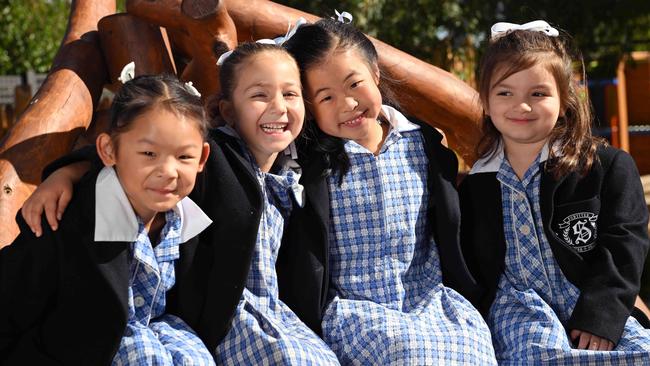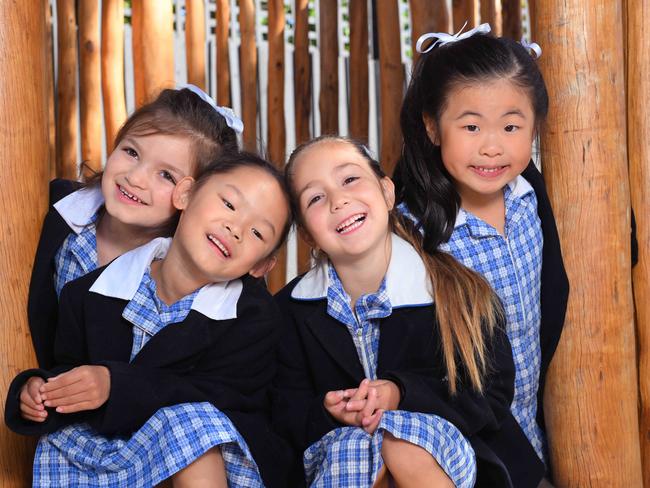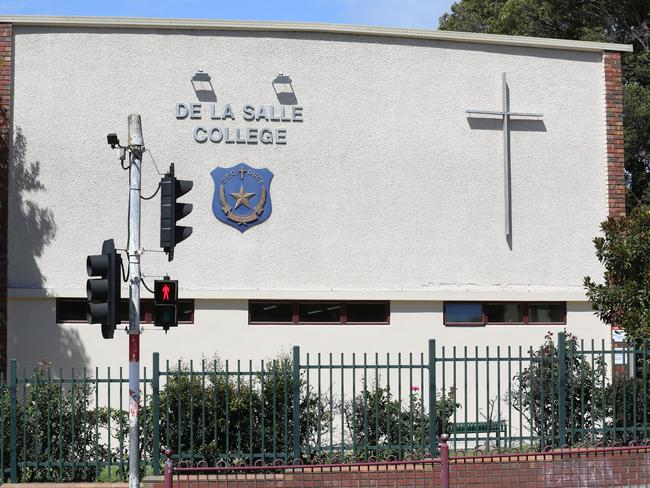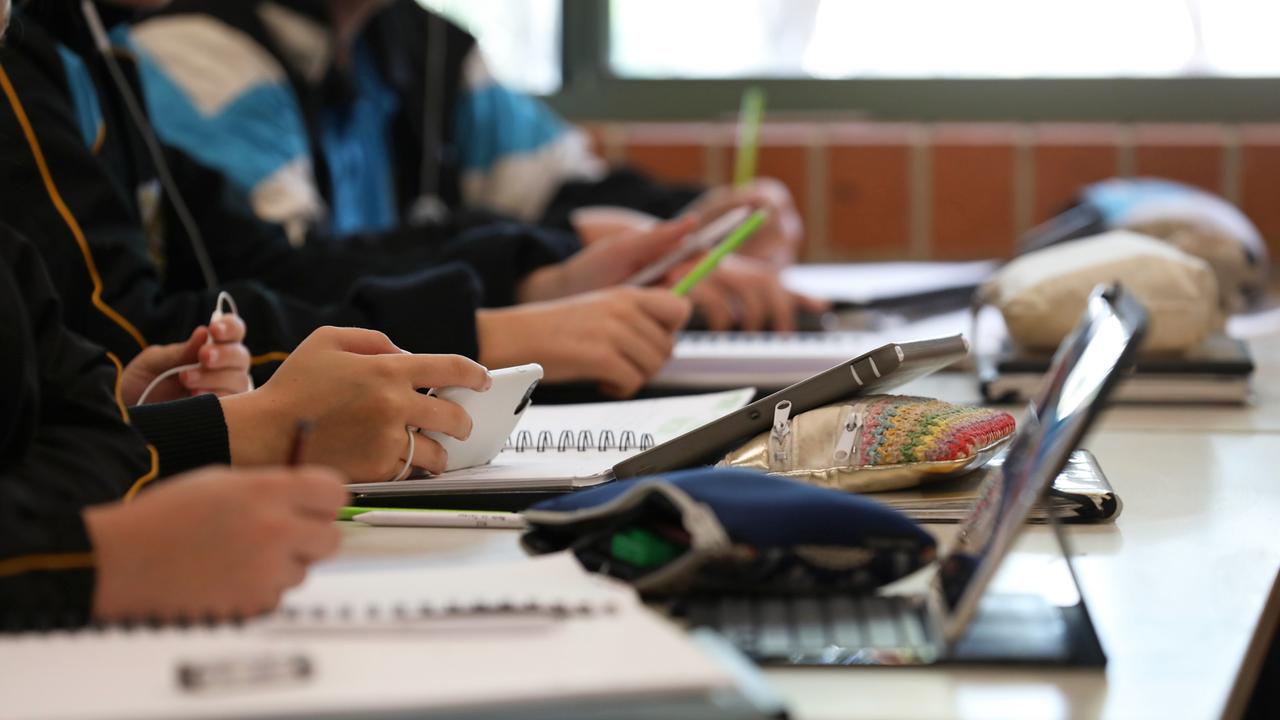Victoria’s top-performing affordable single-sex schools revealed
Victoria’s single-sex school sector is thriving, with some growing by as much as 30 per cent in the past decade and offering high scores for mid-range fees. See the best ones near you.

Schools Hub
Don't miss out on the headlines from Schools Hub. Followed categories will be added to My News.
Victoria’s single-sex school sector is thriving, with some growing by much as 30 per cent in the past decade and offering high scores for mid-range fees.
More than 60 single-sex schools have survived amid a strong move towards co-education and questions being asked about the ‘real-life’ benefits of boys’ or girls’ only education.
Out of the 20 boys’ schools, 14 have grown in the past ten years, led by St Bede’s College in Mentone. This Catholic school has grown by 450 students, along with Brighton Grammar, Trinity Grammar and Mazenod College in Mulgrave which have all boosted their numbers significantly.
There are a number of boys’ school that have median VCE scores of 31 to 33, but fees of up to $30,000 lower than high-end schools. These include Mazenod College, Salesian College, St Joseph’s College in Ferntree Gully, St Bernard’s College and Marcellin College.
Rocky Gentile, deputy principal of Marcellin College, said boys can benefit from a single-sex education that “supports the unique needs of young men”.

“We specifically target behaviours that can impact boys’ focus, learning, and activity levels – such as video gaming, gambling, and mobile phone use – helping them develop healthy habits,” he said.
St Joseph’s College also has fees of $10,000 and posted an impressive median VCE score of 32.
However, seven of the 20 boys’ schools have lost enrolments, including less expensive Catholic boys’ schools such as Simonds Catholic College (-18 per cent), De La Salle College (-17 per cent) and Whitefriars College (-12 per cent).
St Kevin’s College has an median VCE score of 35 and has grown seven per cent since 2014. Princpal Deborah Barker, said: “an all-boys education utilises wellbeing programs that address positive masculinity, emotional intelligence and respectful relationships”.

There are 43 girls’ schools, including four state high schools.
Sixteen have posted declines in enrolment in the past decade, led by Pascoe Vale Secondary College (-41 per cent), Genazzano (-35 per cent), Matthew Flinders Secondary College (-29 per cent), Mater Christi College (-28 per cent) and Canterbury Girls’ Secondary College (-24 per cent).
Only three schools have grown more than 20 per cent in ten years: Korowa Girls’ School (21 per cent), Loreto Mandeville Hall (23 per cent) and Mount St Joseph’s Girls’ College in Altona (27 per cent).
The closure of Shelford Girls’ Grammar shows the more challenging environment for higher-fee girls’ schools.
Despite this, Strathcona Girls’ Grammar in Canterbury has grown 12 per cent over the past decade, which principal Lorna Beegan puts down to a more personalised approach based around female community.
“Students want less distraction and parents want girls to aspire to a more comfortable high academic point,” she said.
“Our girls try different things, are supported by their peers and lift each other up,” Ms Beegan said.
The best VCE results are dominated by schools with high fees paid by high-income parents but a number of low-fee schools including Canterbury Girls’ College, Melbourne Girls’ College and Mentone Girls’ Secondary College have impressive median VCE scores of 32.
They are joined by mid-fee Catholic schools offering a top education, including Catholic Ladies’ College in Eltham, Sacred Heart College in Oakleigh, Our Lady of Sion in Box Hill and Our Lady of Mercy in Heidelberg.


